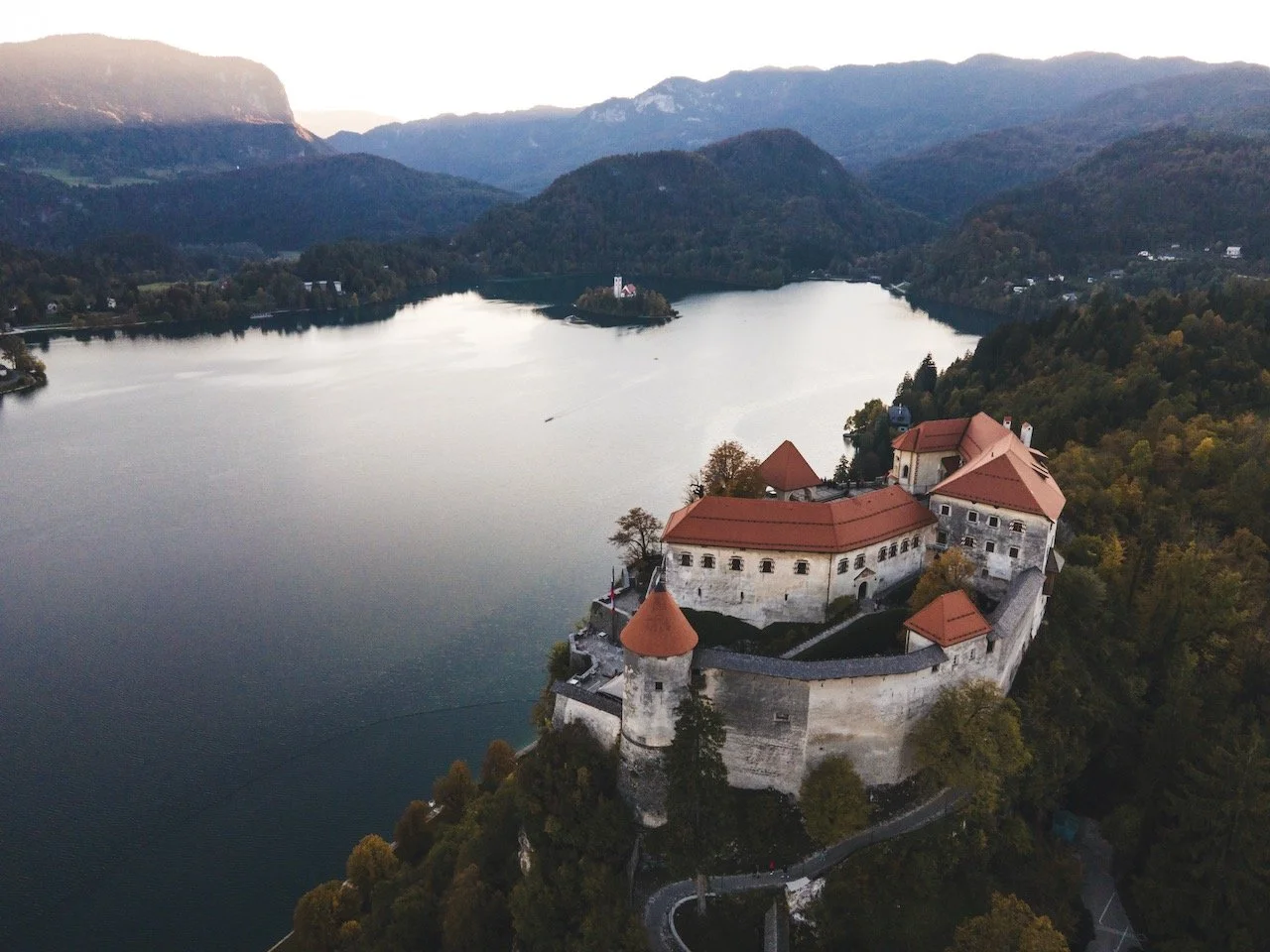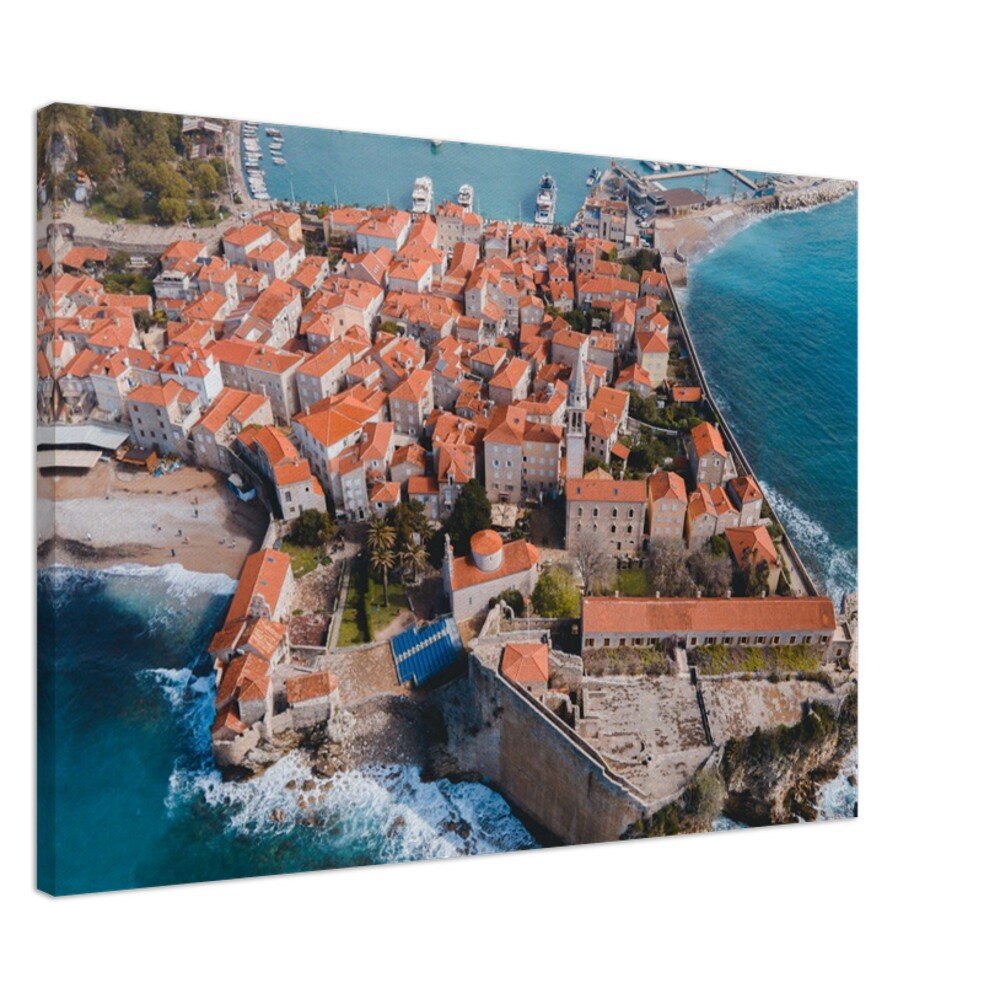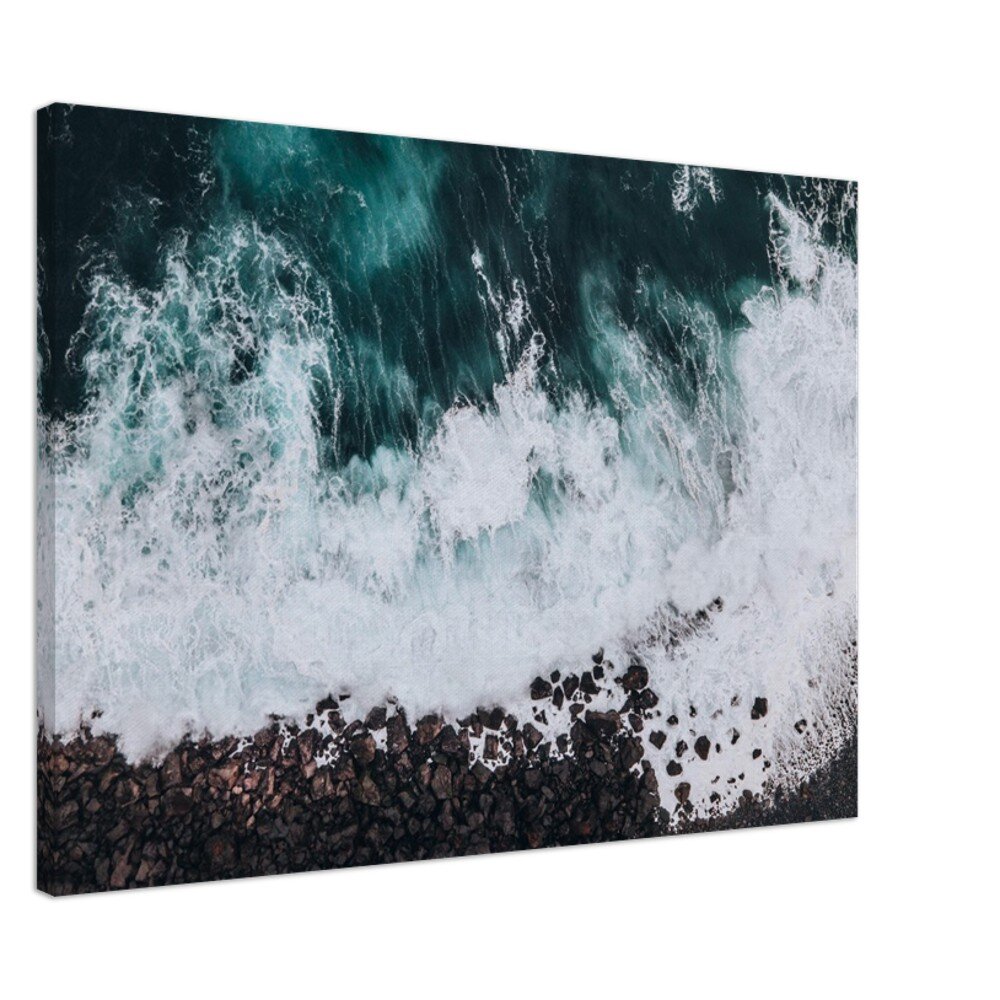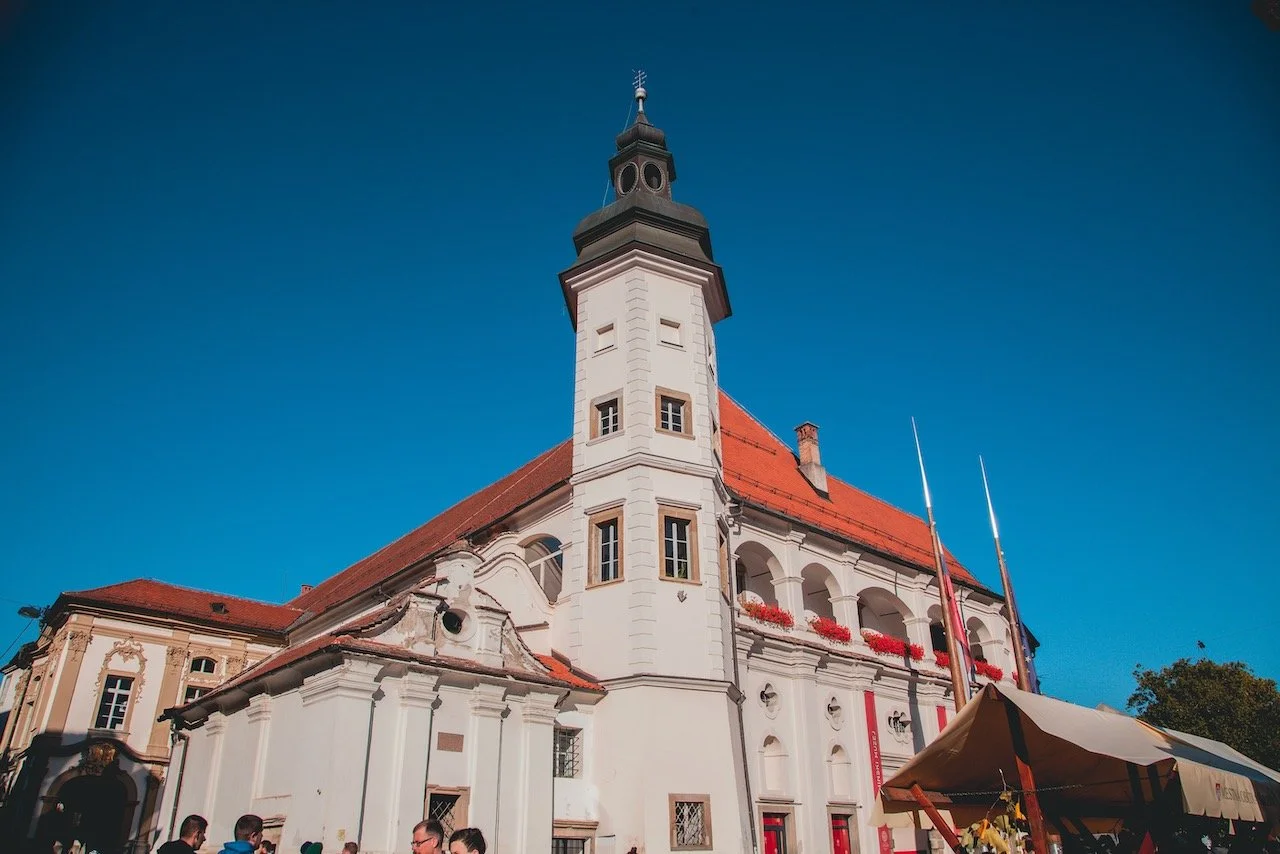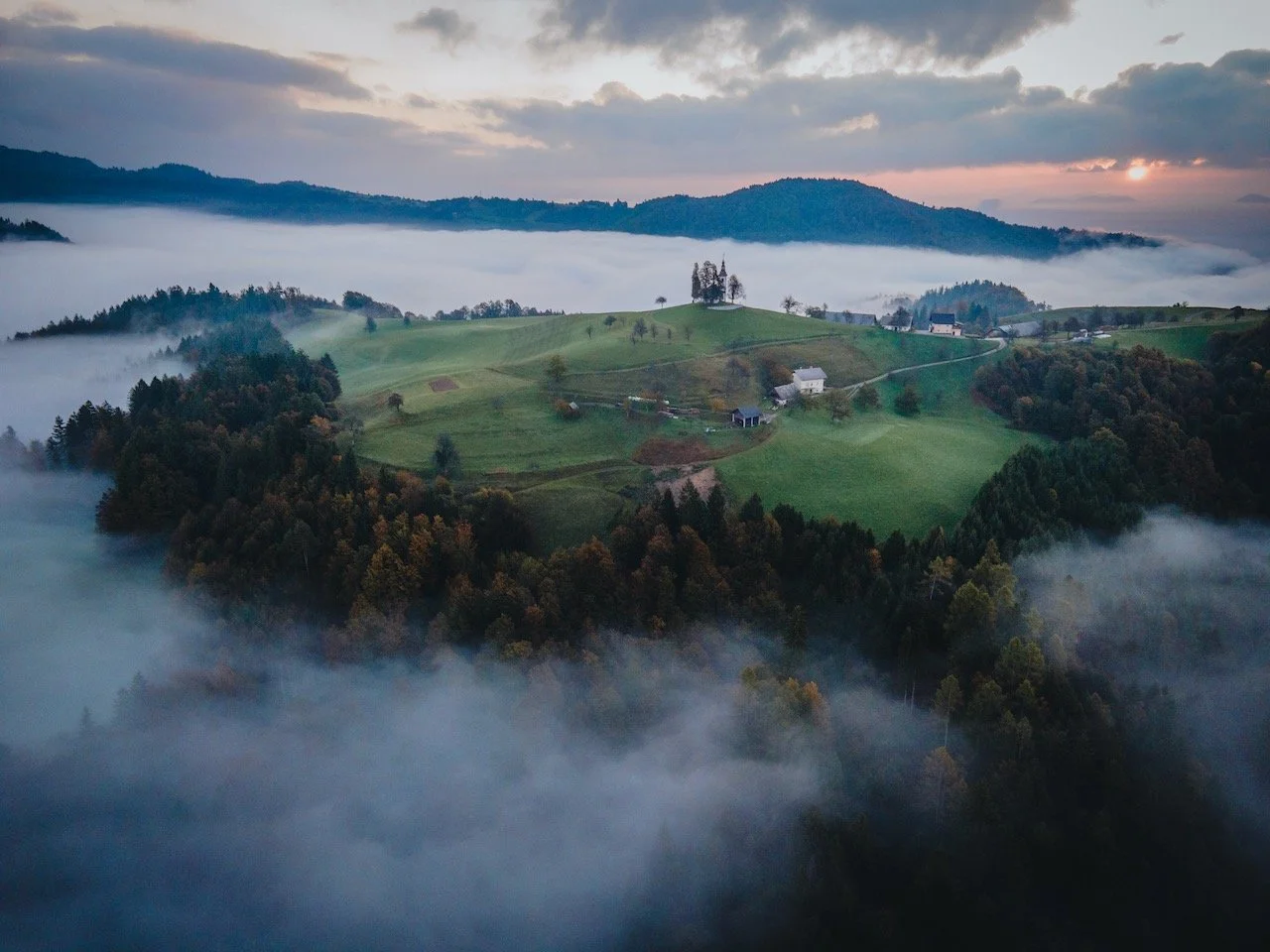The Castles of Slovenia
(Some links in this post are affiliate links. If you click through and take action, I'll be compensated.) If you are also interested in any PRINTS from any of my posts, be sure to check out my store where you can buy prints as posters, in metal/wooden frames or on canvas.
In my opinion, Slovenia is a country that is overshadowed by its neighbors. You have Croatia to its South, with great beaches and seaside towns, Italy to its West with its amazing food and stunning vistas, and Austria to the North with its great mountains and skiing. This is precisely why I decided to travel to Slovenia, and to spend a week there on a road trip. I wanted to see what made this country so unique and what set it apart amongst the sea of European countries it is surrounded by.
Slovenia boasts more than 500 castles due to its long and storied history. I believe the best way to see many of them is to take a road trip through the country, making sure to orchestrate stop offs to see each one. Some of the castles I managed to see in my travels include Ljubljana Castle, Bled Castle, Ptuj Castle, Maribor Castle, Žovnek Castle, Celje Castle, and Branik/Rihemberk Castle. Many more castles exist in the country and should I head back there to see more, I will update this post with the newest additions.
Also, you will see that most of this footage is taken with a drone but in cases where drones are not allowed or just not feasible, or if the weather isn’t cooperating, I usually use my GoPro. You get pretty good quality video and can use an extension stick to get a faux-aerial shot.
Check out my drone video of the Castles of Slovenia below!
How to get to Slovenia
The easiest and most convenient way to reach Slovenia is to fly. Book your flight to Ljubljana, the capital of Slovenia, via Ljubljana Jože Pučnik Airport (Airport Code: LJU). From there, you can take a taxi or bus to Ljubljana city center (there are no ride sharing services just yet in Slovenia like Uber, Lyft, or Bolt).
There is an app called Hopin that puts you in touch with already registered taxi drivers that work in the same fashion as those other ride hailing apps, so it may be wise to download this before arriving into the country.
For those who want to save a few Euros, taking the Ljubljana airport bus is a great, cost-effective way to reach the city center of Ljubljana. The bus journey takes 45 minutes and costs 4 Euros. Just take public bus number 28 (Bus timetable here).
From Ljubljana city center, I met with a rental car agency and picked up my transport there. Of course, you can also pick up your transportation at Ljubljana Airport upon landing.
One can also choose to arrive into many of Slovenia's other airports, however flights to smaller airports may turn out to be prohibitively expensive than flying directly into Ljubljana.
Furthermore, there are many tour packages available through local operators that will include guided tours to some of these castles, but as you may realize throughout this post, some of the areas where these castles are located can be quite remote so having your own car to get there is your only option.
Luckily, a lot of these castles are also located in major cities and towns!
As I mentioned before, Sveti Tomaž is usually a place that is a short stopover on your larger Slovenian road trip. Bearing that in mind, Slovenian has plenty of amazing cities and landmarks to check out. Feel free to check out my blog posts below on some of these other wonderful destinations in this country, culminating in my EPIC Slovenian Road Trip Guide.
Ljubljana (Blog Post: Why Ljubljana, Slovenia is such a wonderful country capital)
Ptuj (Blog Post: Check out the small Slovenia town of Ptuj)
Maribor (Blog Post: Take a trip to the wine region of Maribor, Slovenia)
Bled (Blog Post: Why Bled is the best city in Slovenia to visit)
Triglav National Park (Blog Post: The best places to see in Triglav National Park in Slovenia)
Piran (Blog Post: Why Piran is a hidden gem in Slovenia)
Slovenian Road Trip Summary (Blog Post: The Epic Slovenia Road Trip)
I surely hope to return to Slovenia some day and visit more places. Once I do, I will update these posts with more info!
If you like some of my photos that you have come across, just know that I have many prints showcasing a variety of landscapes available for purchase below! (Sold as Posters, Canvas, or in Metal-Frames and Wooden-Frames).






Ljubljana Castle
Ljubljana Castle (Ljubljanski Grad) sits on a hilltop (aptly named ‘Castle Hill’, overlooking the entire city. It was originally a medieval fortress, constructed in the 11th century with wood and stone, but has since faced numerous building updates in the following centuries. It is even depicted in the coat of arms of Ljubljana along with a dragon.
In the 17th/18th centuries, the castle was used as an arsenal and was partly occupied by the French. Its function then became a barracks and hospital in the early 1800s. Then it became a prison as a part of the Austrian Empire in 1895 and again during WWII.
There are numerous paths to reach the castle that are pretty intuitive to find. The grounds around the castle are well maintained which is often the host to many cultural events. It’s also a pretty popular spot for sunsets (speaking from experience). Some notable parts of Ljubljana Castle to see are the Archers’ Tower, Defense Walls, Prison, Tower of Erasmus, Kazemate, St. George Castle Chapel, Panoramic Tower, the cistern, Hribar Hall, the Armory, and the Castle Courtyard.


Bled Castle
Bled Castle (Blejski Grad) is hard to miss, as it stands on top of a cliff face, overlooking the entire town. It is the oldest Slovenian castle and currently serves as a historical museum, highlighting the lake’s history. The first mention of the castle in history was in 1011, on a property deed issued by Emperor Henry II. The views from this castle are insane and it is a must see on your trip to Bled. The Castle itself is full of courtyards and auxiliary castle buildings, even featuring a moat and drawbridge.
I remember getting to the castle shortly before closing time, but it was perfectly coincided with the sunset. The fact that the castle sits on a cliff makes it arguably the best place in Bled for sweeping views. The terraced part of the castle faces towards the Assumption of Maria Church on the other side of Lake Bled.



Ptuj Castle
Ptuj Castle sits on the highest point in the city, overlooking the Drava river. It was built to protect the area from the Hungarians in the 12th century. Over the years it has been rebuilt, especially during the Baroque period and was deemed to be irrelevant after the end of various invasions by the Turks.
Currently, the castle functions as a museum (Regional Museum Ptuj Ormož) with a large collection of instruments, arms, and tapestries. The views from here are breathtaking as you can manage to see all the orange colored rooftops that make up the city as well as the St. George’s Church spire, not too far away.
Maribor Castle
Maribor Castle (Mariborski Grad) is more like a Baroque style mansion in the center of the city (now a museum). Built by Emperor Friderik III in the 15th century, it was turned into a residence over time. Some of the more notable constructive elements of the castle include: the Baroque stairway, the Loretto chapel, and the Festive Hall featuring various murals.



Žovnek Castle
On my way to the city of Celje, I stopped by to see Zovnek Castle (Grad Zovnek) while driving on the E57. It was just a few minutes off the main road and I was hoping that the cloud cover didn’t hinder my view of the castle…I was wrong. There was no one else here when I visited and the castle was in a state of being repaired, but I was still able to roam around. I can only imagine what it looks like in the sunshine but still so nice to see regardless!
Žovnek Castle sits above Lake Žovnek on the slope of the Dobrovelj plateau. The castle’s first mention is in 1278 as Castrum Sevnekke and belonged to one of the most powerful families in Slovenia. The owners then relocated to Celje in 1333 and the last tenant of the castle moved out in the early 19th century. Restoration of the castle has been ongoing since 1995 by the Culture and Historical Society and the Braslovče municipality.



Celje Castle
Celje Castle (Celje Grad) is Slovenia’s largest, and was first constructed as a Romanesque Palace in the 13th century. Its importance was palpable, not just for Slovenia but over the entire Eastern Alps. Interestingly enough, given the castle’s position, it was described as being impenetrable and that the only way to take it over was to lay siege to it and starve out its inhabitants. Fortunately, a hidden passageway in the castle led to a granary. The castle is open everyday of the year and features a number of towers, a courtyard, and cafe to enjoy.






